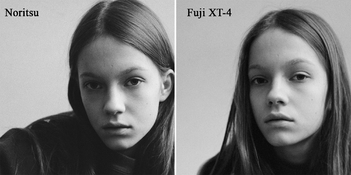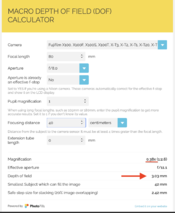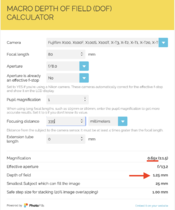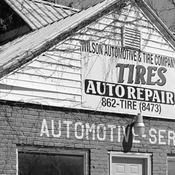Light Capture
Advertiser
I'm starting to think that maybe my expectations are unrealistic. Based on my experience with digital, the lab scan seems sharp and the grain seemed finer, but I guess analog scans shouldn't look like that.
I'll try use faster shutter speeds and maybe give my lens a cleanup in the future, but from what I understood from everyone's responses, improving my scans significantly will become costly.
I think your setup is capable of producing better results than what you got. Needs some experimentation and getting vibration down to minimum.
From quick Photoshop analysis, your scans hold slightly more detail than lab scans.
Grain can be deceiving. Unless you're observing and measuring grain under microscope, it might not be represented accurately on scans.
Sometimes doubling magnification doesn't result in grain being twice as big leading to conclusion that there are artifacts either from lightning or resolving frequencies.
Another thing to try is to move negative further from the light source. Also closer to the light source and see if that affects grain appearance.
If you have a flash that can be triggered bellow negative that's worth trying. Flash will freeze any motion and will likely provide better quality of light.



 This is medium format film shot without stitching
This is medium format film shot without stitching




